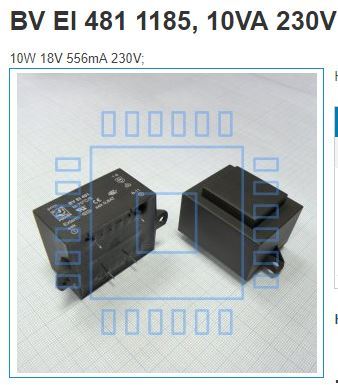Hi. In NZ here, I am seeing a lot of Nissan Leafs being imported lately. I'm thinking of getting one. The standard Japanese market EVSE that comes packaged with them is rated "200V AC input", "200V AC output".
What most second hand import dealers here do, is get an electrician to swap the plug to a standard NZ/AU 15A plug, and use it. No internal mods at all.
I have seen inside a Japanese spec EVSE, and I can see that the internal transformer is marked "200 V AC in, 19 V AC out".
And I can't read the markings on it, but I presume the MOV is also 200V rated.
Now, I understand that in Japan, the "200V AC" would be within certain tolerances, so it may be above or below 200V by a certain percentage of fluctuation, although probably not as high as 230V.
Same with the NZ supply, it can fluctuate up and down within about a -6%/+10% range.
So there may be some overlap there between the 2 system's allowable voltage ranges.
And there are probably safety margins engineered into the EVSE, being a high quality Panasonic unit.]
All this being said, I am concerned about the long term use of a 200V AC EVSE on a 230V AC power supply.
I wonder if the EVSE would be running hotter than designed, eg the MOV might be up in the range where it starts clamping.
Any electrical engineers wanting to weigh in on this?



What most second hand import dealers here do, is get an electrician to swap the plug to a standard NZ/AU 15A plug, and use it. No internal mods at all.
I have seen inside a Japanese spec EVSE, and I can see that the internal transformer is marked "200 V AC in, 19 V AC out".
And I can't read the markings on it, but I presume the MOV is also 200V rated.
Now, I understand that in Japan, the "200V AC" would be within certain tolerances, so it may be above or below 200V by a certain percentage of fluctuation, although probably not as high as 230V.
Same with the NZ supply, it can fluctuate up and down within about a -6%/+10% range.
So there may be some overlap there between the 2 system's allowable voltage ranges.
And there are probably safety margins engineered into the EVSE, being a high quality Panasonic unit.]
All this being said, I am concerned about the long term use of a 200V AC EVSE on a 230V AC power supply.
I wonder if the EVSE would be running hotter than designed, eg the MOV might be up in the range where it starts clamping.
Any electrical engineers wanting to weigh in on this?




